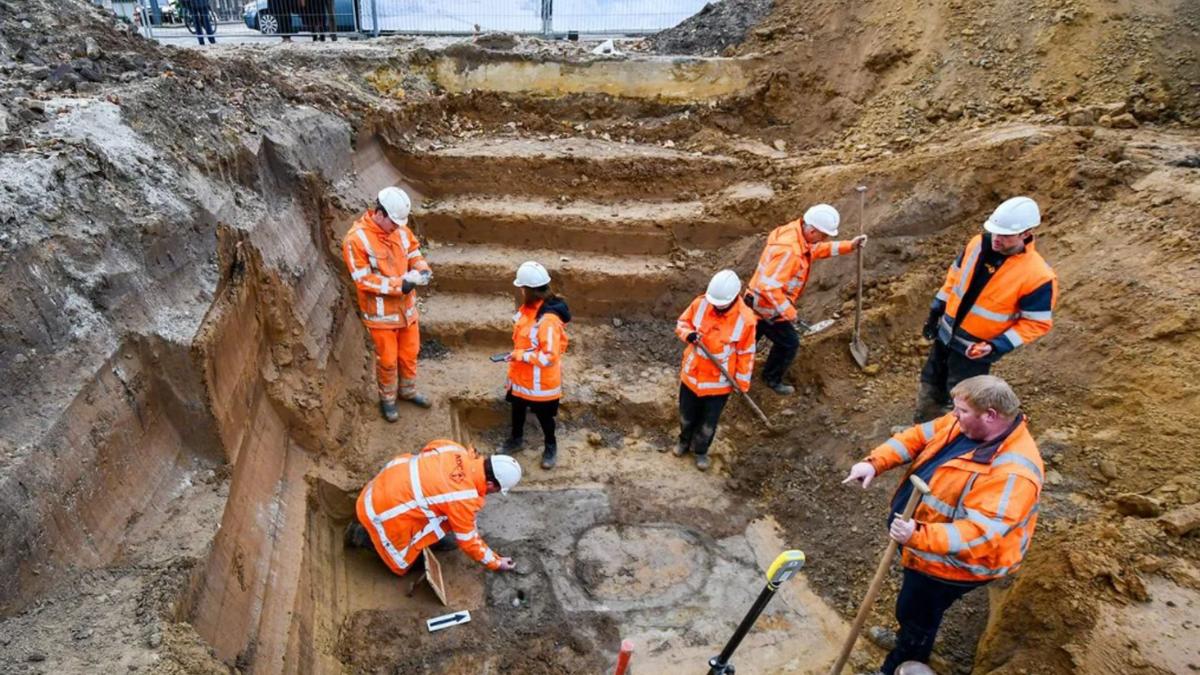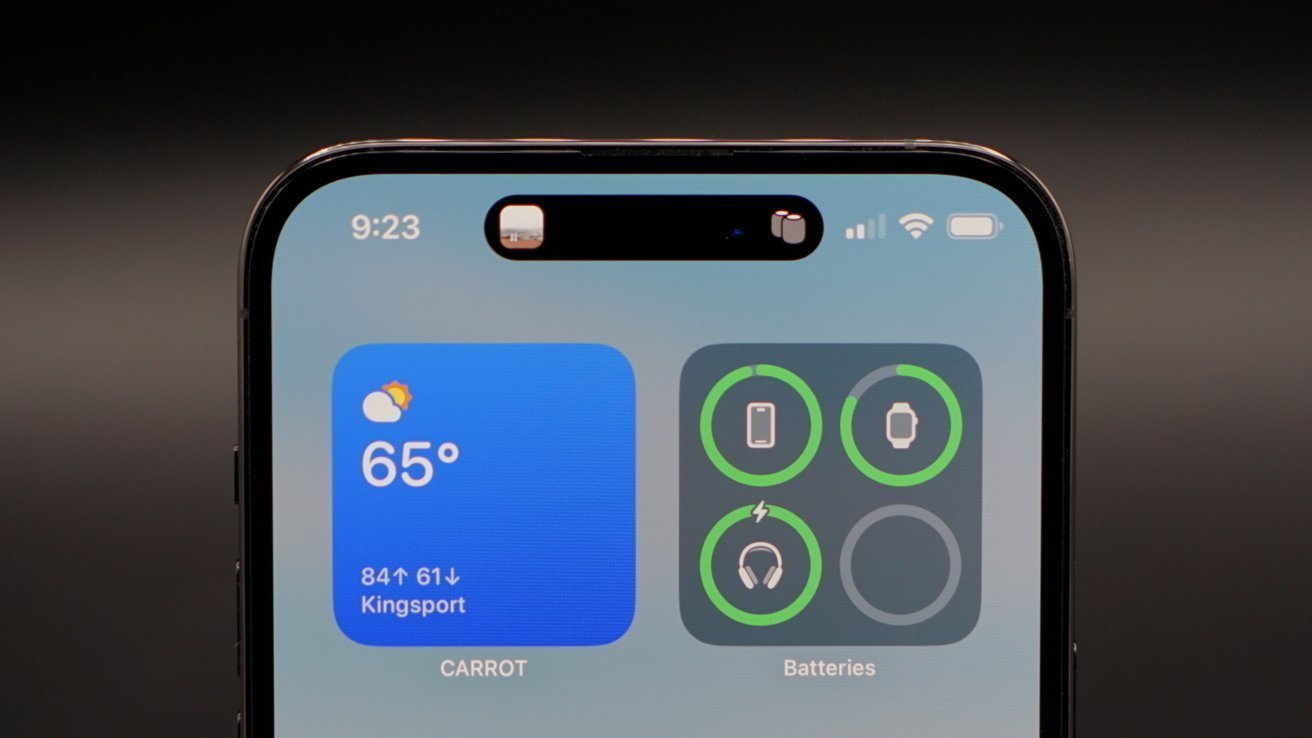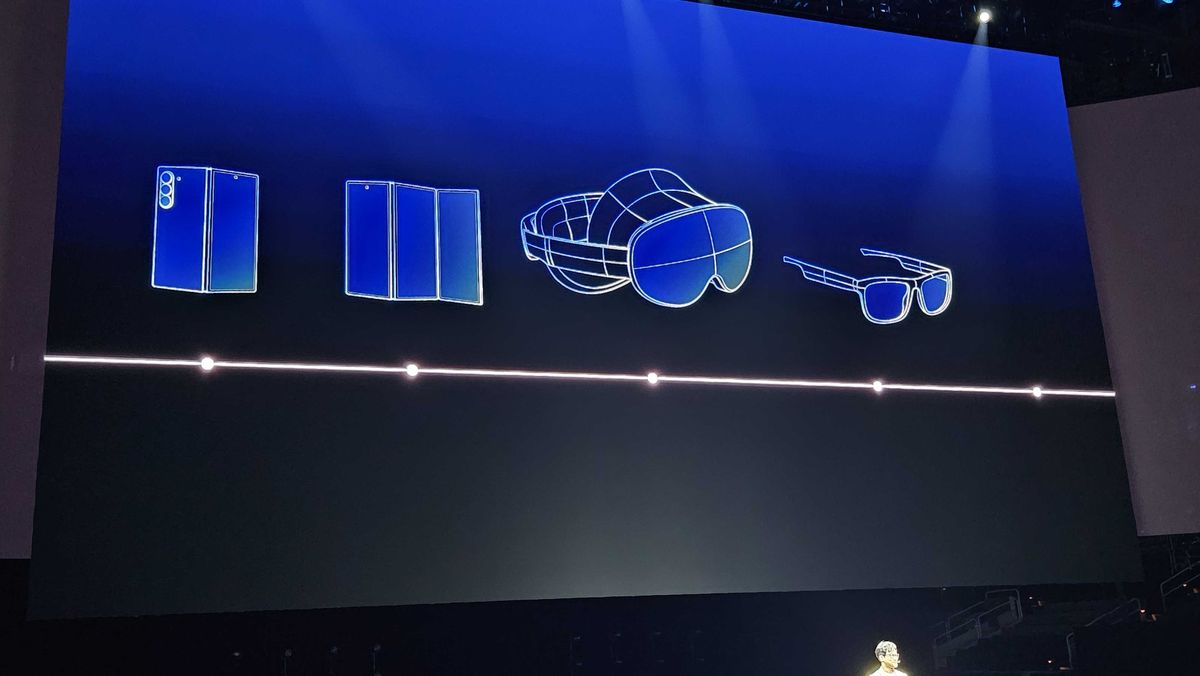Roman Roadchef! Archaeologists uncover a 'service station' in Gloucester where ancient travellers would have stopped for 'fast food' 2,000 years ago
Share:
Famously, Brits have the Romans to thank for introducing the first roads. And now it seems we may also have the ancient civilization to thank for pioneering service stations. Archaeologists have discovered the foundations of a Roman 'service station' by the A147 in the Cotswolds, about five miles south of Cheltenham.
![[Pictured, the old Roman road of Ermin Way. Roman roads allowed the rapid movement of troops and military supplies but were also used for general trade and transport]](https://i.dailymail.co.uk/1s/2025/01/17/10/94203949-14295611-image-a-29_1737108902747.jpg)
Nearly 2,000 years ago, the building would have been next to Ermin Street, the ancient Roman road linking Cirencester and Gloucester. Likely in service between the second and fourth centuries AD, travellers and their horses would have rested there during long journeys.
![[During 2023 and 2024, the team undertook excavations across over 40 hectare of the A417 Missing Link Scheme between Crowley and Brockworth via the Air Balloon Roundabout]](https://i.dailymail.co.uk/1s/2025/01/17/09/94203145-14295611-image-a-12_1737104791590.jpg)
Remains of primitive Roman ovens also suggest guests had fast food prepared for them during a stopover – possibly bread, meat and even snails. The Romans would have called it a mutatio, meaning 'change', the Latin term for a horse-changing station. The astonishing settlement, uncovered by Oxford Cotswold Archaeology, is featured in the newest episode of Digging for Britain on BBC Two.
![[Drone view of workers at the remains of the building, which exists as the foundations. It would have comprised two rooms - one for human travellers and one for horses]](https://i.dailymail.co.uk/1s/2025/01/17/10/94204759-14295611-image-a-28_1737108652283.jpg)
The Roman service station, located near the A417's Air Balloon roundabout, about five miles south of Cheltenham, is the subject of BBC Two's Digging for Britain. Pictured, the old Roman road of Ermin Way. Roman roads allowed the rapid movement of troops and military supplies but were also used for general trade and transport.
![[Drone view of the site and Ermin Way, the old Roman road, much of which is now covered by the modern A417, A419 and B4000 roads]](https://i.dailymail.co.uk/1s/2025/01/17/10/94204751-14295611-image-a-22_1737108540958.jpg)
The dig, conducted between 2023 and 2024, covered 40 hectares near the A417's Air Balloon roundabout, about five miles south of Cheltenham. Excavations are part of the A417 Missing Link scheme, which aims to relieve congestion around the Gloucester area with new and reconfigured roads.
![[Remains of one of the ovens. Visitors likely ate bread at the site, while animals bones suggest meat was also on the menu]](https://i.dailymail.co.uk/1s/2025/01/17/10/94205949-14295611-image-a-34_1737111548362.jpg)






















